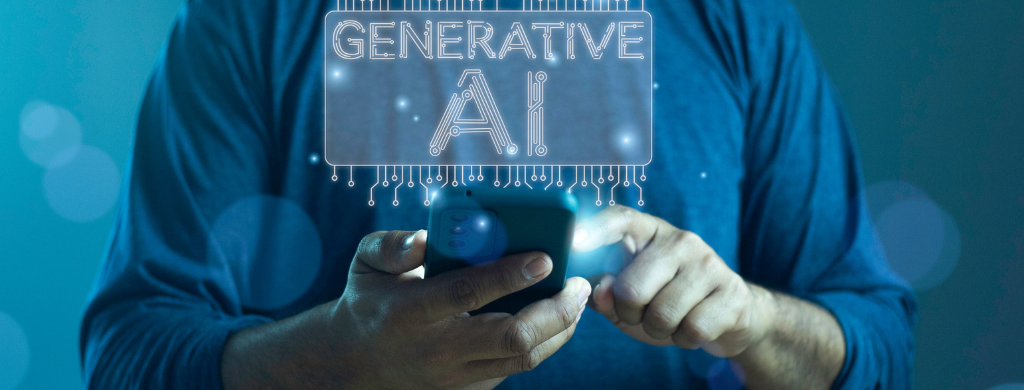In the ever-changing digital world, the need for remote identification has become crucial for many companies and organisations. Innovative technologies are revolutionising the way we handle the identification and verification of information, contributing to greater efficiency and security. In this article, we will explore three cutting-edge remote identification technologies. To better understanding we could talk about:
· Document Analysis that includes Optical Character Recognition, Machine Readable Zone and Near Field Communication technology
· Biometric Analysis that include Liveness Detection and Face Matching technology
Document analysis
The Document Recognition technology is able to perform automatic extraction of the data present on the documents provided in input and takes place through TensorFlow or a specific framework to create Deep Learning models (machine learning models) that use multilayer neural networks.
In particular, the remote ID verification technologies used for this activity are the following:
– Optical Character Recognition (OCR)
OCR, or Optical Character Recognition, is a remote ID technology that allows text to be extracted from images or documents. This process is particularly useful when dealing with paper documents or images containing text, such as passports, driving licenses or identity documents.
With the help of OCR, a text can be automatically converted from a non-editable format into digital text, thus simplifying the remote identification process.
– Machine Readable Zone (MRZ)
The MRZ, or Machine-Readable Zone, is a specific part of a document that contains essential machine-readable information. This information is often encoded in optically readable characters, facilitating automatic reading and interpretation of the data. This technology is widely used to facilitate the process of remote identity verification, allowing information to be captured quickly without the need for manual data entry.
Where is the MRZ technology used? It used within identity documents and passports; in this case we talk about machine readable passport. Sometimes, we also hear talking about electronic machine-readable passport or e-passport: in this case, passports have been enhanced with an embedded microprocessor chip and other security features. This technology aims to provide an additional layer of security and functionality to standard paper passports.
– Near Field Communication (NFC)
NFC, or Proximity Communication, is a technology that enables wireless communication between devices over short distances. In the context of remote identification, NFC can be used to read information from devices such as ID cards and electronic passports.
How does near field communication work? Users can bring their NFC device close to the document to capture identification data quickly and securely. This technology is particularly advantageous for fast transactions and real-time verification processes.
Biometric analysis
In addition to document analysis technologies, we have the biometric ones. A biometric system is essentially a system of recognition based on models that are able to recognise a person on the basis of a series of physiological or behavioural characteristics that the persons themselves have or must fulfil. Among the main technologies we find the following:
– Liveness detection
Liveness detection, or life detection, technology is a critical component in facial recognition and digital identity verification systems. Its main objective is to distinguish between an image or video of a real person and authentic life evidence, thus avoiding fraud or manipulation through the use of inauthentic photos, pre-recorded videos or other means.
How does Liveness detection work?
Liveness detection technology seeks to identify vital signs that demonstrate that the person is actually present and real. These signals may include facial movements, expression changes, eye blinks, head movements, or other indicators of vital activity.
The implementation of liveness detection technology is crucial to ensure security and reliability in identity verification processes, especially in sensitive areas such as online financial transactions or access to critical systems.
– Face matching
Face matching, or facial matching, is a type of facial recognition technology that relies on analysing and comparing the unique features of an individual’s face. This technology uses advanced algorithms to detect, analyse and compare facial features in an image or video with those stored in a database or with another reference image.
The main steps of the Face Matching process are the followings:
· Face Detection: A Face Matching system starts by detecting and isolating the face or faces present in an image or video stream. This process involves localising the main facial features, such as eyes, nose and mouth.
· Feature Extraction: Unique facial features are extracted, often using key points or vectors representing specific facial measurements and proportions.
· Model Creation: Based on the extracted features, a unique model or signature of the individual’s face is created. This template numerically represents the specific facial features that make each face unique.
· Comparison and Matching: When it is necessary to compare a face with a database or other reference image, the system performs a match between the newly acquired face model and those in the database.
What are the main benefits of remote ID verification technologies?
In summary, the combined use of biometric technologies and document analysis offers an advanced, secure and efficient approach to authentication and information management, with numerous benefits in terms of security, user experience and operational optimization.
Companies can integrate these solutions into their systems to simplify customer identification management while ensuring high standards of security and regulatory compliance.
How to perform secure and remote identification with InfoCert?
InfoCert supports companies to accelerate each phase of the identification process and to carry out automatic recognition activities both on the identification documents and on the user’s biometric data.InfoCert Top – Trusted Onboarding Platform thanks to the most recent technologies, enables a fast and secure customer identification. Moreover, the platform integrates e-signature processes within existing systems, ensuring the maximum legal value of each transaction.




